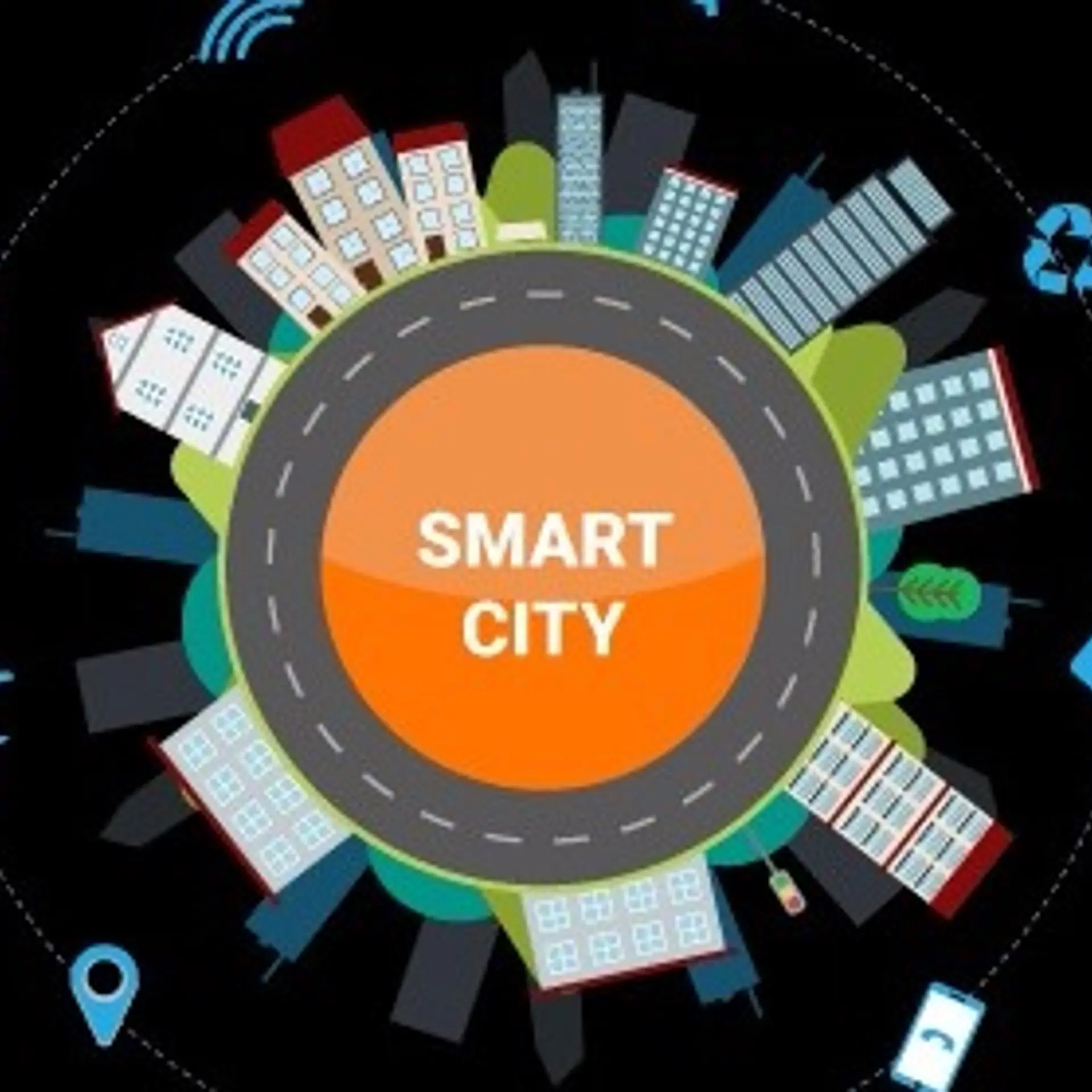

Different phases of ERP implementation lifecycle explained
The success rate of an ERP implementation increases drastically when done in a planned and methodological way. Read the blog to know various phases of ERP Implementation before you give a head start to it.

The benefits of deploying a new ERP system are countless, like the ease of operations, flexibility, greater visibility, and improved visibility. But, it’s possible only if the ERP is implemented properly by following all the phases of an ERP implementation lifecycle. Research shows that the average ERP failure rate is 21% (Source: research conducted by Panorama). The figure is big, but it’s just a figure depicting an overall number and not the failure-reason wise segregation.
With in-depth research, one can find that the major reason for ERP failure is the inability to successfully manage the different phases of the ERP implementation life cycle. However, it doesn’t mean that a smooth and successful implementation is difficult to achieve. With the right planning and right partner, one can sail through the challenges faced in all the phases of ERP implementation. Typically, there are following eight stages in an ERP implementation lifecycle. Let’s have a look:
1. Evaluation screening
Simply jumping on the ERP bandwagon won’t help in any way. You need to clearly define your objectives before embarking the implementation journey. Thus, you get to have a run-down on current process flow, know the existing loopholes and desired customizations. You must also dedicate sufficient finances for the upcoming project in this phase itself.
Knowing what you want to achieve minimises the fuss arising at the later stages, when the system actually goes live. Sure, an early evaluation will lead to better decision making and ultimately transforming the whole implementation process into a smoother and more efficient one.
2. Vendor selection
In this phase, available vendors in the market are shortlisted and evaluated based on business requirements. The solutions that don’t match with the business requirements and are beyond the budget scope are eliminated. Another useful way to judge the capability of the solution is by taking a demo. This enables you to get a detailed overview of the solution as well as its look and feel, and thereby helps in making a smart choice.
3. Project planning
Once the vendor is finalized, your team along with implementation experts' lists down all the functionalities required to ensure efficient processes across the organization based on the pre-decided objectives, customizations, and requirement analysis done in the first phase. Further, a detailed project plan is laid out involving top management and experts.
While the details of how to go about the implementation are decided, scheduled deadlines are also assigned along with assigning the key resources, roles and responsibilities of the individuals. In short, you create a blueprint from beginning to the completion of the project.
4. System installation
Refers to the process of setting up of physical infrastructure like servers, routers, networking components, display devices, and finally the installation of the software, which might take some time. It is one of the crucial steps in the implementation life cycle and requires extensive employee involvement and cooperation.
5. Data transfer and loading
After the physical and virtual setup is ready, a time comes for data migration from the existing system to the new one. First of all data must be entered and/or moved into the system’s database. In case, the existing data is not in the usable format of the new system, an expert converts the data in the desired format. Finally the data transaction takes place after securing a backup for disaster recovery plan.
6. Testing and validation
Your IT staff will be highly involved in this activity. Comparison and data validation of existing data vs. transferred one is another time consuming and mind boggling task. The team also verifies whether the new ERP software is producing the expected results or not. Testing and validation occurs side by side and subsequently, acceptance reports are signed by the delegated authorities.
7. Go live
Going live can happen by three different approaches;
i). The instantaneous also called a ‘big bang’ approach, where the old system is shut down at once and everyone becomes functional on the new one.
ii). Phased approach, where the system goes live piece-by-piece or department by department.
iii). A parallel approach, where users work on both old system and new system simultaneously for a specified period of time and gradually stops operating the old one.
The choice entirely depends on the user, but you must seek vendor’s advice considering the nature of your business operations.
8. User training, customer support & maintenance
In this phase implementation, consultants help employees to get hands on the functionalities of the different ERP modules. All the knowledge transfer must be documented for future reference. By the time the system is fully functional, bumps and roadblocks are bound to occur.
Solid and prompt customer support pulls you off any crisis. System maintenance is the vendor’s responsibility and is covered under the annual maintenance contract. The support team also carries out periodic backups and timely upgrades without interrupting the process flow.
The above implementation lifecycle must be followed in order to enable a more extensive use of the ERP system and harness its benefits to the fullest.







